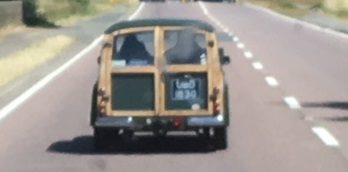How To Play Donovan Ballad of a Crystal Man (intro only) – Bing video
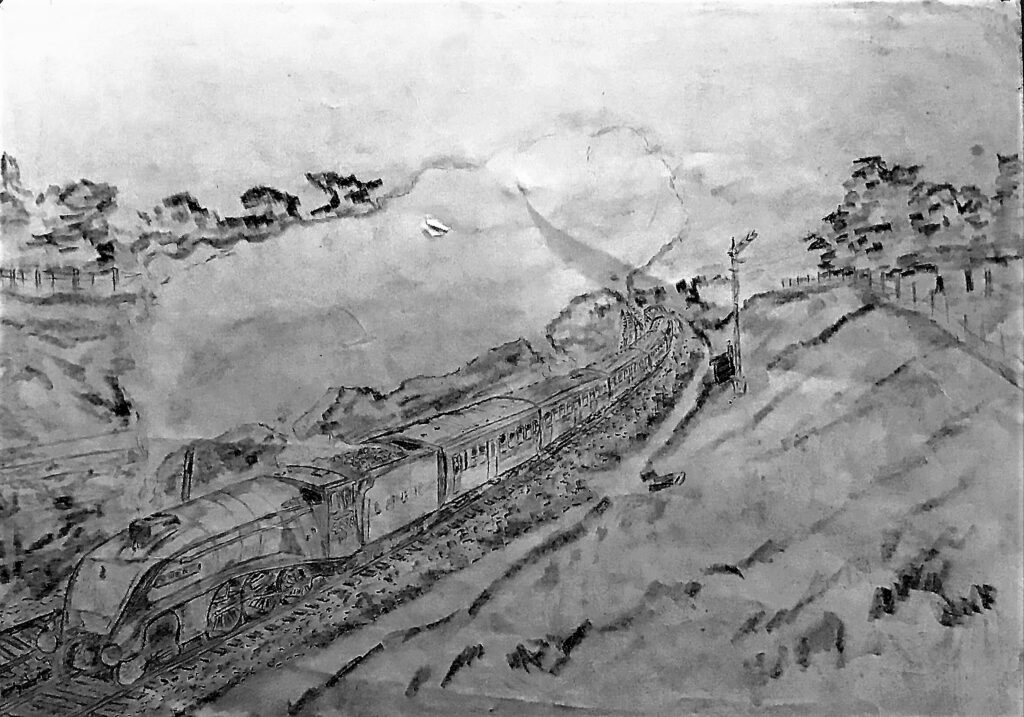
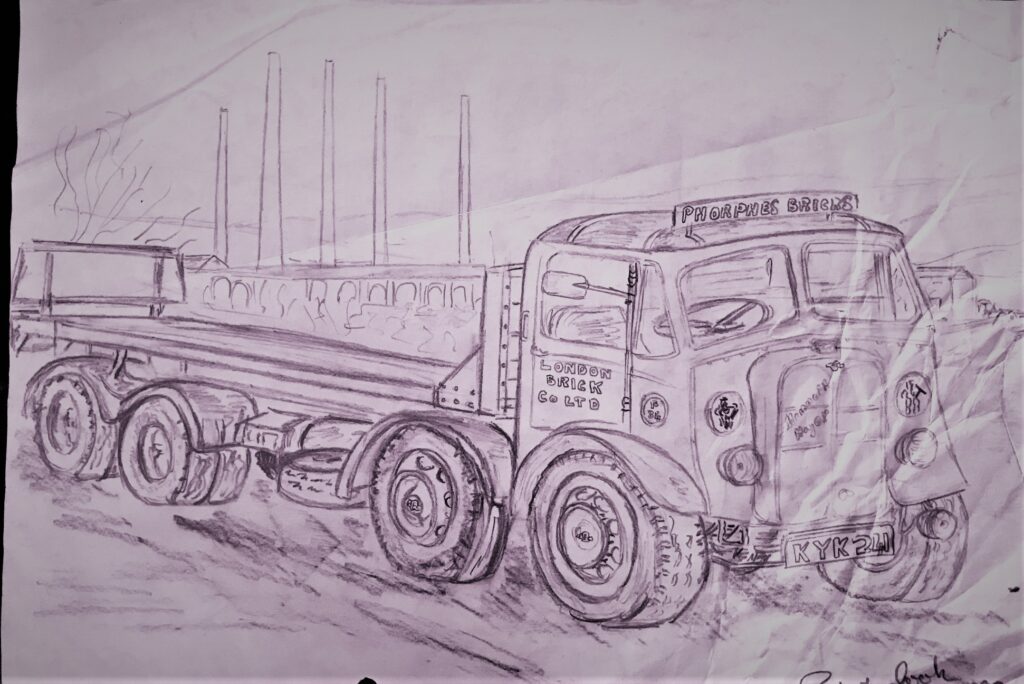
JOAN BAEZ – SINGS WITH DYLAN-1963, 1982.(9 DE 9) – Bing video
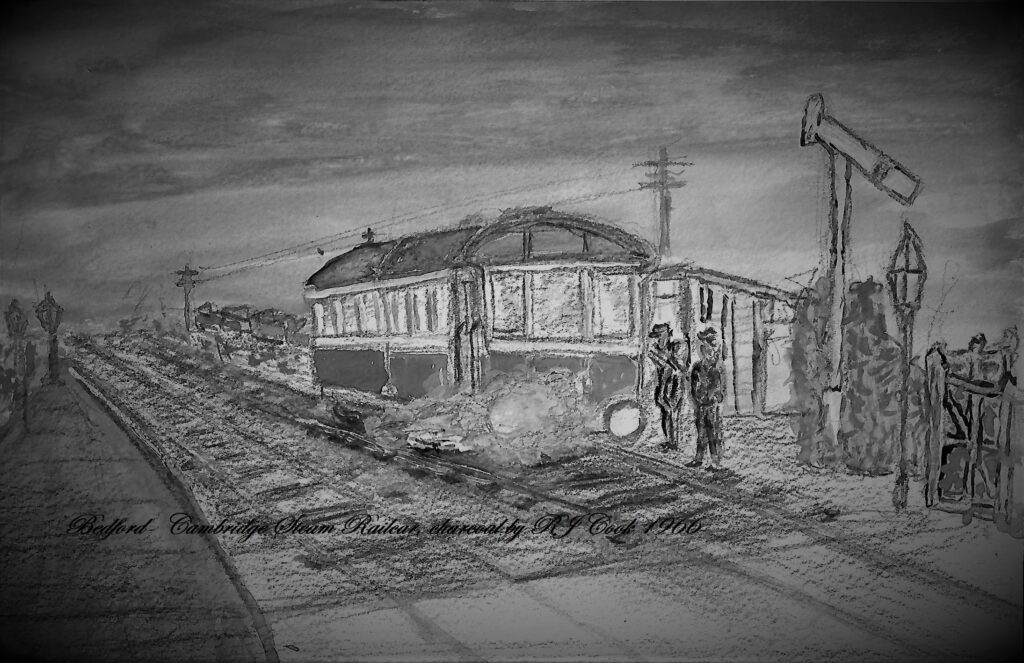
Working Girl by R.J Cook
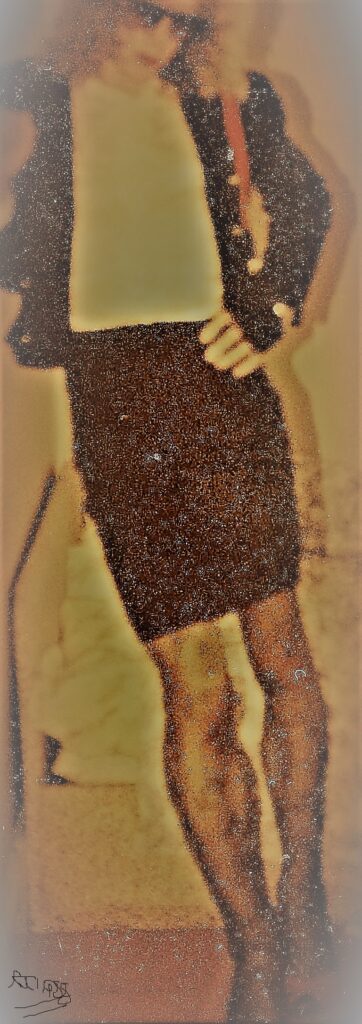
The hypocrisy of the English elite is best expressed on the subjects of sex , equality, racism and money . As my old doctor Jonathan Fairfield’s father told him , based on wartime exxperience : ‘If the Nazis had ever invaded Britain there would have been no shortage of concentration camp guards.’ R.J Cook
Working Girl by R.J Cook 1979
Working girl flushed red
Out of school and keen for bed.
Ruddy rugged zest for life,
Eager to become a workman’s wife.
Working girl with rotten teeth
Tripping over Hampstead Heath
Struttin’ down to Camden Town
Wears more makeup than a circus clown.
Working girl with CSEs
Risks her life from STDS
Working girl not understanding
Has taken off, no thought of landing.
Pills to take in a case condom fails
Crimson varnish on finger nails
High heels tapping in the park
Headlights burning through the dark
Alleyways and avenues ,
She is there for him to abuse.
What would she do with education
When she excels with masturbation.
Beauty fades , skin turns to leather
Hers is no job for stormy weather.
Bang bang bang against the wall
She takes them all, short and tall.
Better that than life alone
With her fags and telephone .
We’re all doomed I have to say
Like autumn leaves just blown away.

R,J Cook September 1979
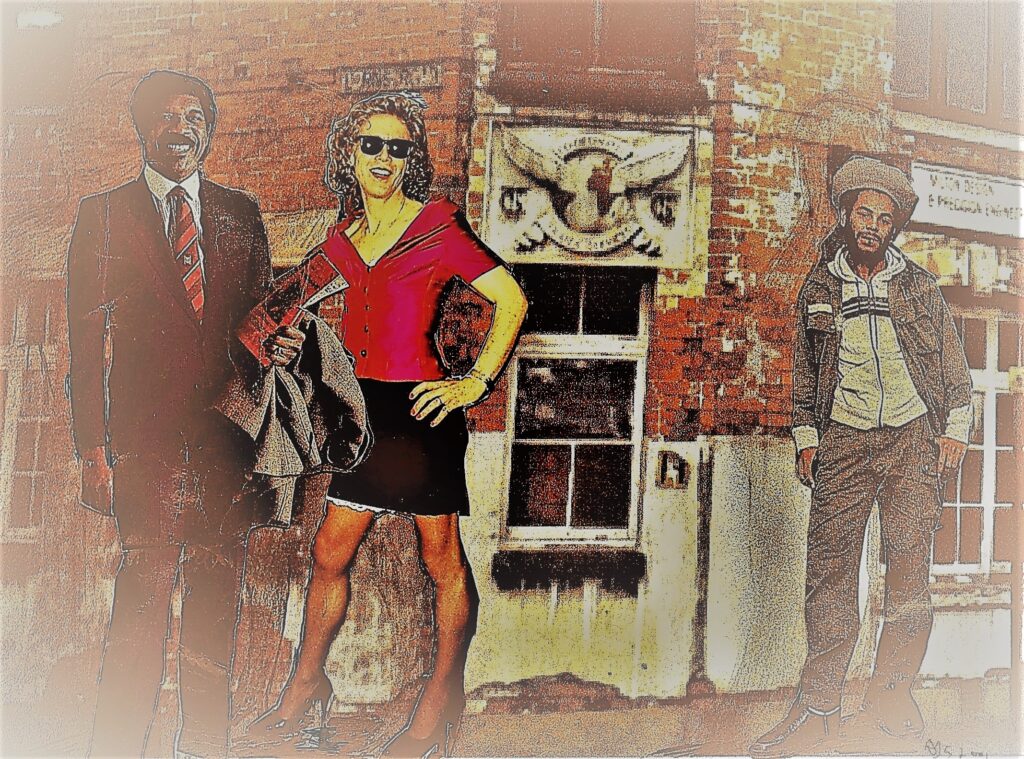
Time Standing Still by R,J Cook 1997
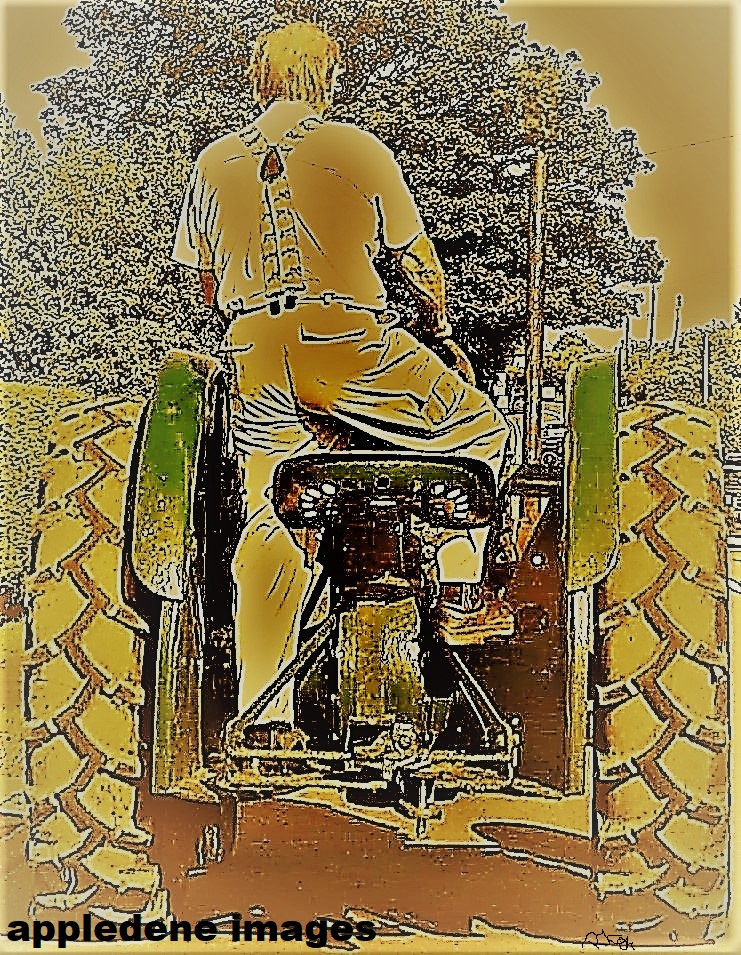
The Woman Without by R J Cook
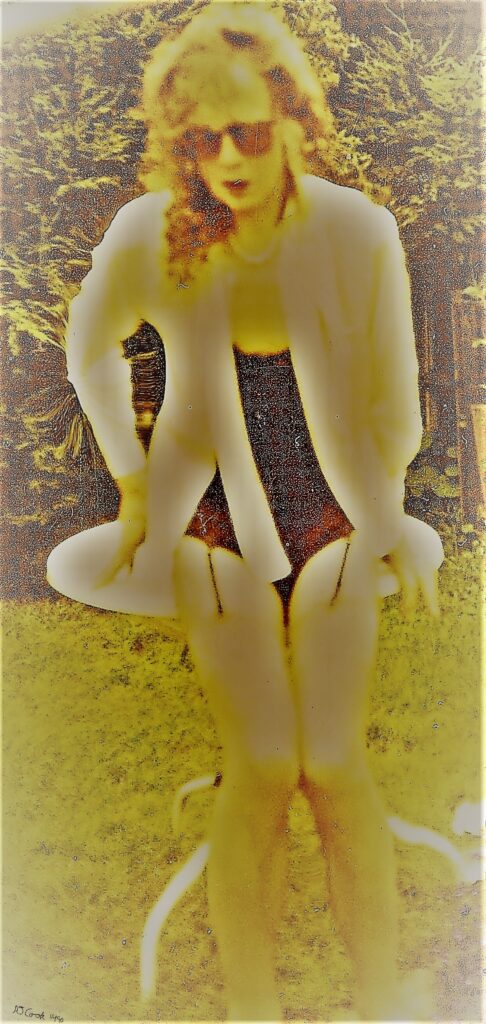
The Woman Within Posted February 3rd 2021
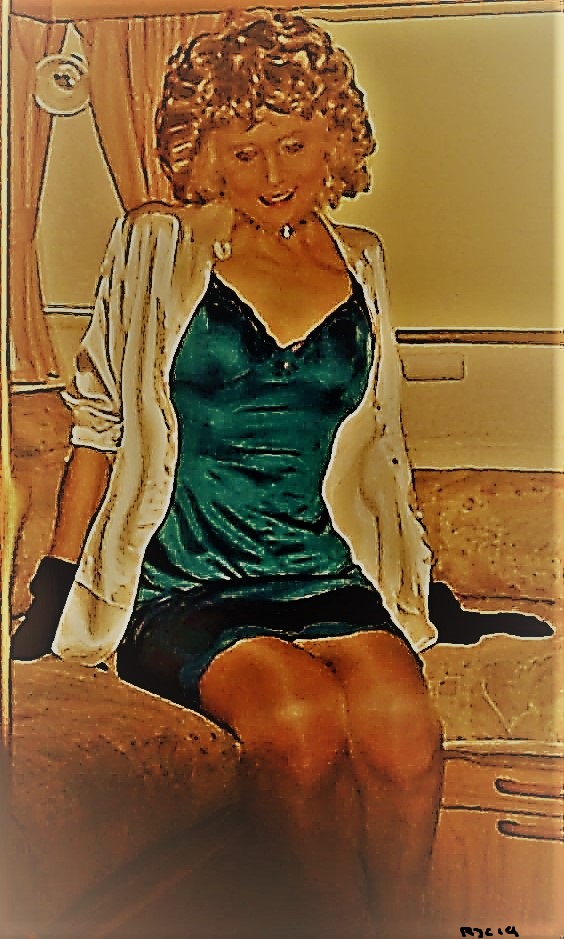
Dedicated to William ‘Vague’ Hague and his wife who lost the 2001 General Election to give us more Blair and the Second ( Illegal )war on Iraq and all those war crimes – that saw Manning & Assange locked up. Posted January 27th 2021.
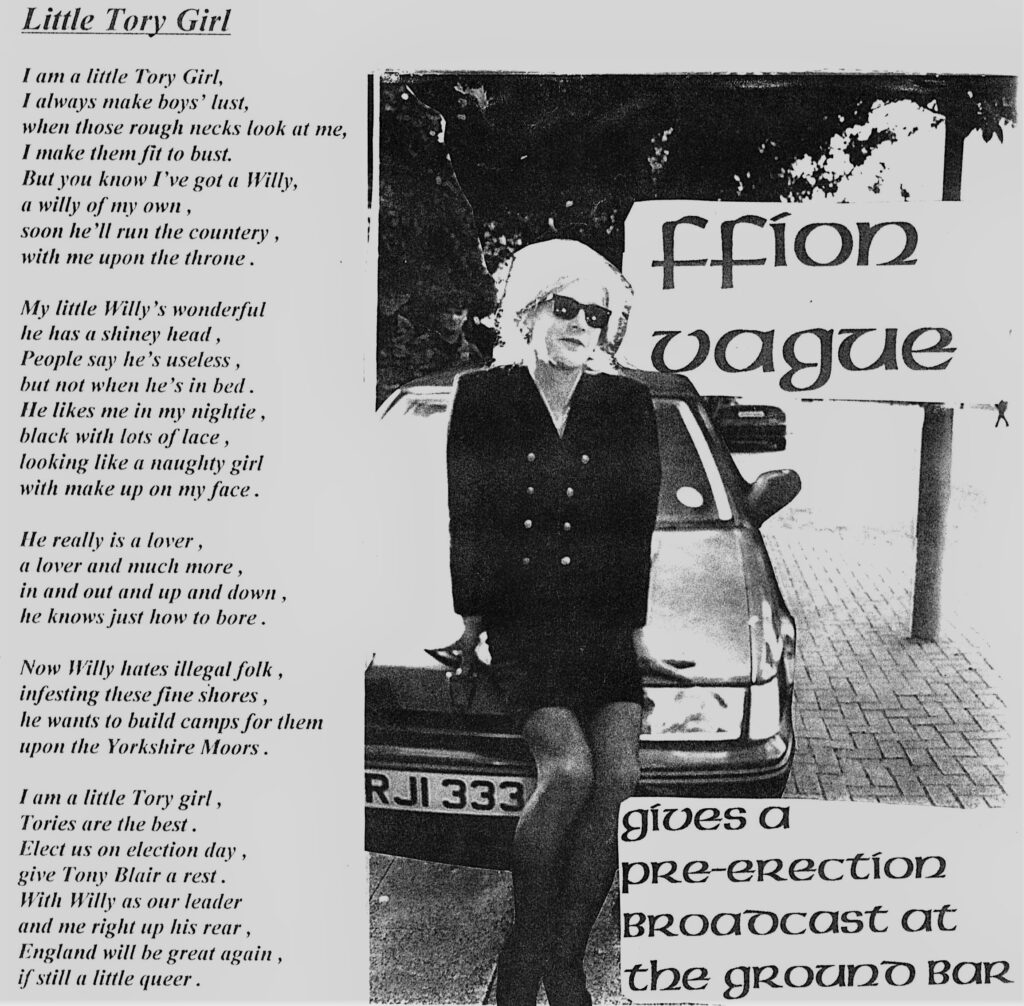
Governor George Wallace drawn by R.J Cook 1973.
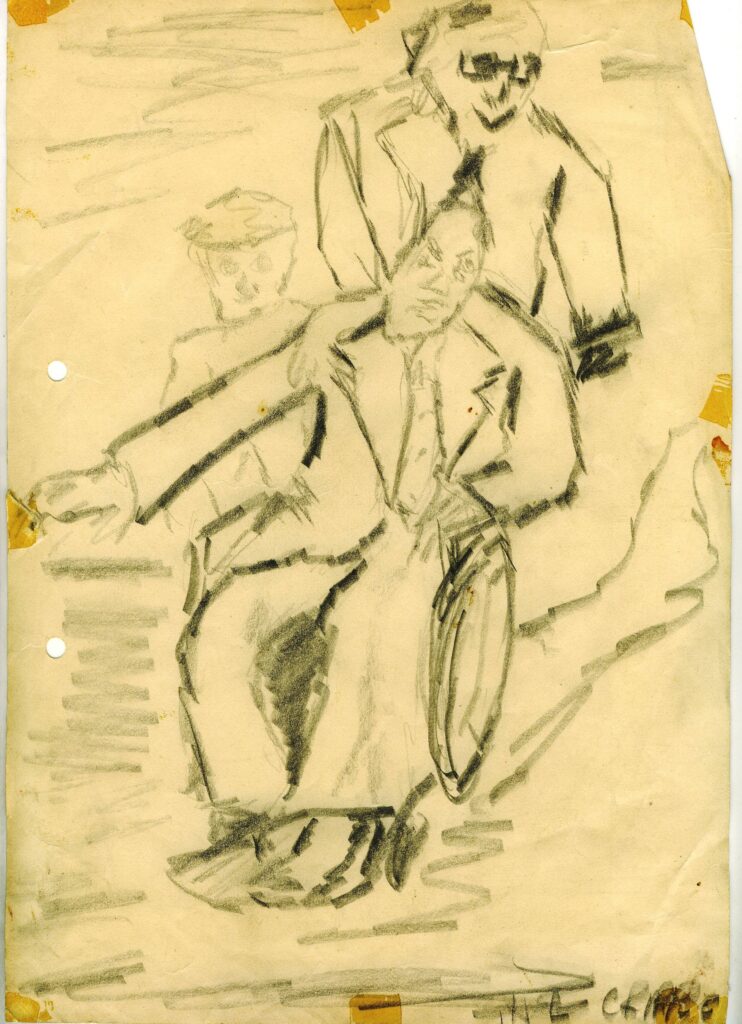
In Florida’s primary, Wallace carried every county to win 42 percent of the vote. On May 15, 1972, he was shot five times by Arthur Bremer while campaigning at the Laurel Shopping Center in Laurel, Maryland, at a time when he was receiving high ratings in national opinion polls.
George Corley Wallace Jr. was an American politician who served as the 45th Governor of Alabama for four terms. He is best remembered for his staunch segregationist and populist views. During his tenure, he promoted “low-grade industrial development, low taxes, and trade schools”.
Former Governor of Alabama George Wallace ran in the 1968 United States presidential election as the candidate for the American Independent Party against Richard Nixon and Hubert Humphrey. Wallace’s pro-segregation policies during his term as Governor of Alabama were rejected by most. The impact of the Wallace campaign was substantial, winning the electoral votes of several states in the Deep South. Although Wallace did not expect to win the election, his strategy was to prevent either major party candidate from winning a majority in the Electoral College. This would throw the election into the House of Representatives, where Wallace would have bargaining power sufficient to determine, or at least strongly influence, the selection of a winner.
Although Nixon ultimately won a majority of 301 electoral votes (270 being a majority), Wallace’s effort put the chance of a brokered electoral college relatively close. For example; had he won South Carolina or Tennessee (falling less than 50,000 votes short) and had the Democratic ticket won either Illinois or Ohio (trailing the Republican one by around 100,000 votes in both cases) Nixon would have ended up with a plurality but not a majority, and the election would – for the first time since 1824 – been thrown to the House of Representatives.
When asked what he considered the “biggest domestic issue for 1968,” Wallace replied:
It’s people—our fine American people, living their own lives, buying their own homes, educating their children, running their own farms, working the way they like to work, and not having the bureaucrats and intellectual morons trying to manage everything for them. It’s a matter of trusting the people to make their own decisions.[4]
On the campaign trail, Wallace often repeated this theme, saying:
What are the Real issues that exist today in these United States? It is the trend of the pseudo-intellectual government, where a select, elite group have written guidelines in bureaus and court decisions, have spoken from some pulpits, some college campuses, some newspaper offices, looking down their noses at the average man on the street.[13]
In Florida’s primary, Wallace carried every county to win 42 percent of the vote. On May 15, 1972, he was shot five times by Arthur Bremer while campaigning at the Laurel Shopping Center in Laurel, Maryland, at a time when he was receiving high ratings in national opinion polls.
Under The Bridge January 18th 2021

Under the bridge where the water flows past
Is a man in a bed who is free at last.
He lived in this place in his ragged clothes
When people went by they turned up their nose.
He had no TV or internet connection
He had no means to vote in the election.
Pictures in his head while he froze in the Cold
Wondering how he lived to be so old.
Down in the town he would beg for food
Eating scraps improved his mood.
His water came from the mouldering canal
This was his world, a private hell.
How did he get here, did he come by boat
How come his life just didn’t float.
It did for a while, he had a house
There he lived like a little mouse.
Lost his job at the stroke of a pen
Man in the office said he didn’t need men.
The world was changing, all re arranged
It helped you survive if you were deranged.
His wife went to work and he lost her approval
She called the police who sorted his removal.
She said he had started speaking out of turn
Not good enough now he couldn’t earn.
She had a job at the local bank
Then ran off with a very rich Yank.
She took him to court for his abuse
When truth be told he was no more use.
She copped the lot of his life time achievement
So off he walked with his bereavement
All squeezed into two battered cases,
He was just another loser in the human races.
Robert Cook January 18th 2021
Never Stop – by Robert Cook
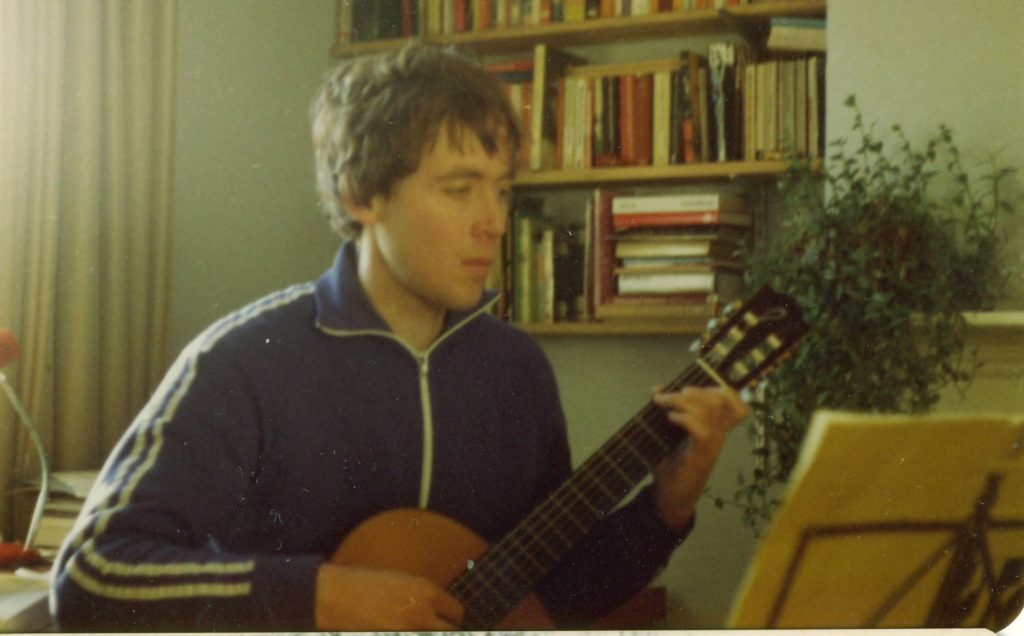
Never Stop – by Robert Cook
Helen , Barbara and You
Three loves that were true
I see them all in all their glory
Each one had their very own story.
Helen was a girl way too pretty
Lived in the north of my favourite city
Way to young for a fool like me
She was the one I shouldn’t see.
Barbara was mature and sophisticated
She was the one I loved and hated
Way to cool and smart for me
Though maybe not, just couldn’t see
Then along came you to my desolation
Way to close like my relation
Still I muse but cannot say
Were you night, or were you day ?
I never knew, there was no chance
We didn’t walk & didn’t dance.
We played our music, sang our song
We loved a while but not for long.
Life is short, we made it shorter
Were you my love or long lost daughter ?
When we singers sing and write
We play with dark, we play with light.
We take the world that gives us pain
If we were normal we’d be insane.
All these things are as they are
Sometimes near or way too far.
As they say, you can’t return
You can’t pay if you don’t earn
Earning love is is earning pain
Mainly loss for little gain .
The world for me was once elastic,
Now all things melt like cheap plastic.
We find ourselves through mainstream media
Love is lost, its all much seedier.
Still old friends where ever now
Just accept it all, don’t ask how.
Keep on moving till you drop.
Keep on hoping, never stop.
Robert Cook January 19th 2021
Imagine the sound, London Underground 2010.
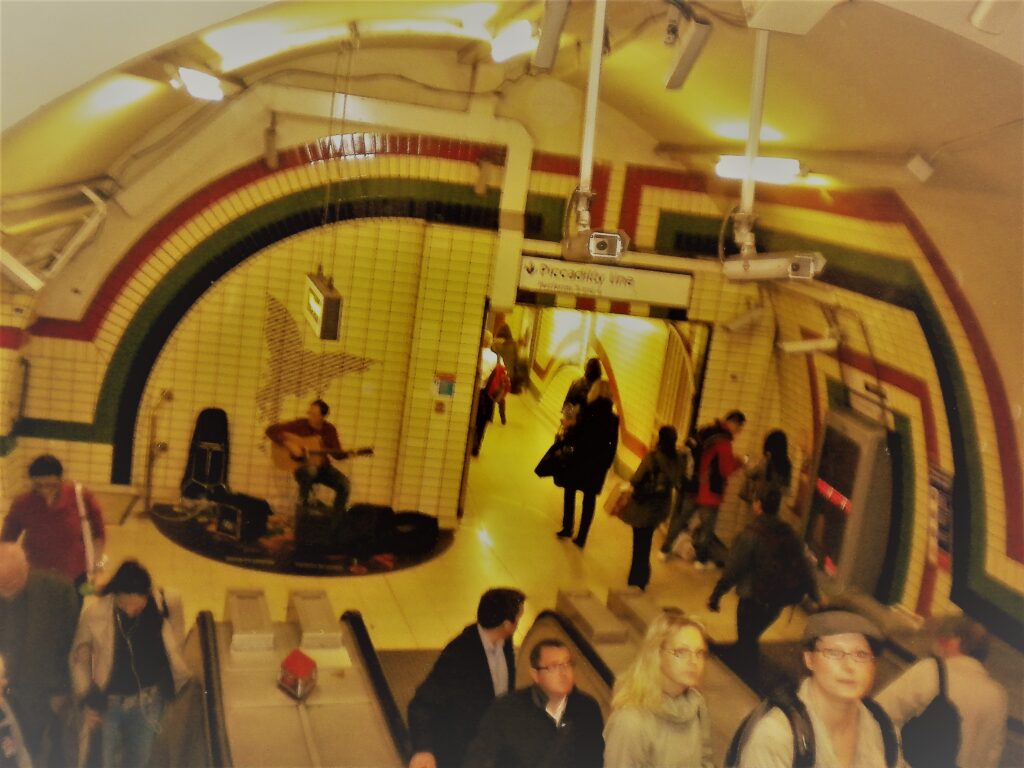
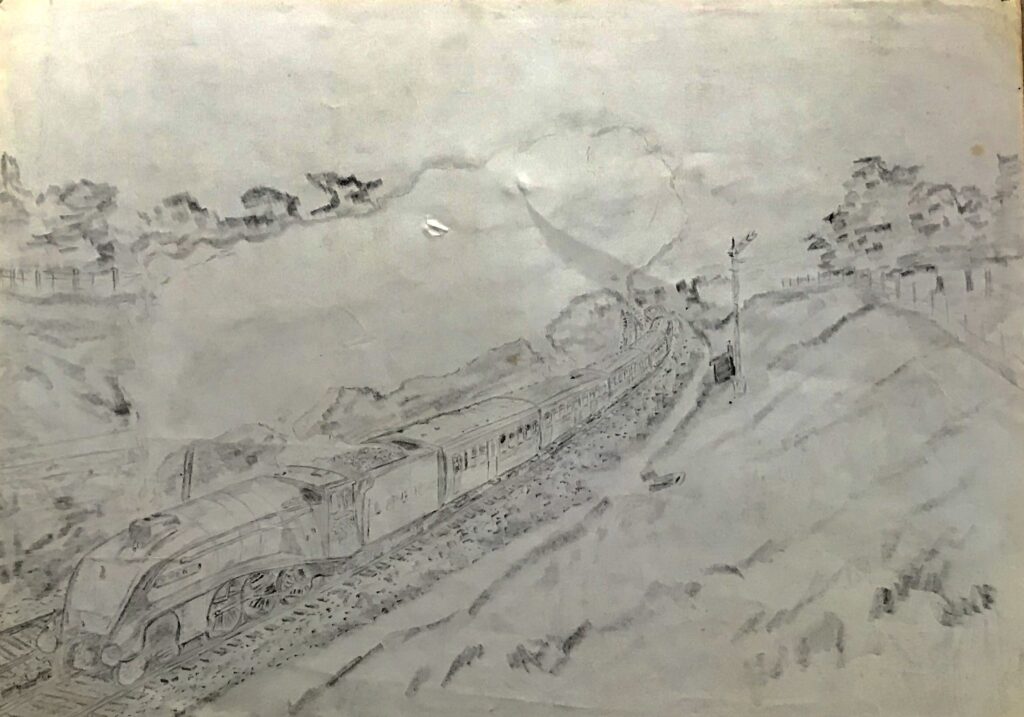
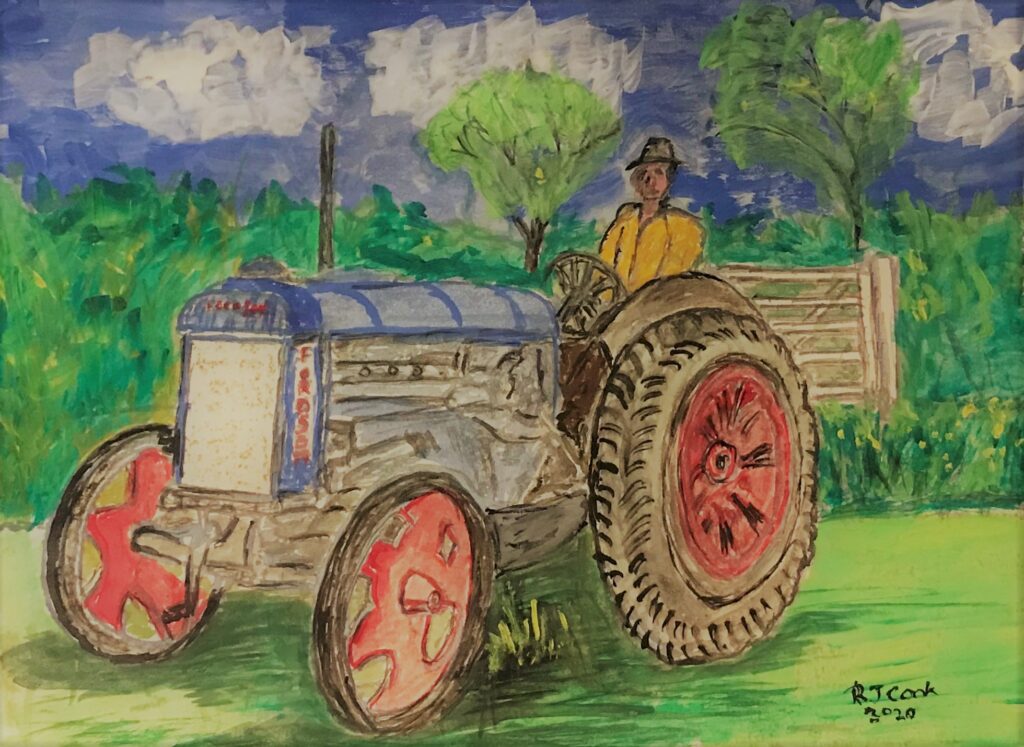
If he saw us kinds in his fields, over the wall behind our little house, he would run after us waving his stick. His daughter Elsie was one of my mum’s playates in the 1920 and 30s. Mrs Hone was a very precise woman, always immaculately dressed and her hair done nicely.
The first vehicle I ever drove was a Massey Ferguson 35 tractor when I started working on Shipton Farm, aged 13. I was pulling a trailer loaded with the old cubic rectangle shaped bales. They were hell to load on the trailer, late on a summer night when the dew had come down. But mother needed the money and we country boys were raised to be in harmony with nature and struggle. Boys would never get that sort of experience now in a fake disineguous health and safety mad ( sic ) world.
I painted this picture yesterday whilst also watching the film ‘Hanah’. It is influenced by my memories of old Winslow and Jack Hone. His fields are now full of houses and McQuoradale long gone.
R.J Cook October 12th 2020
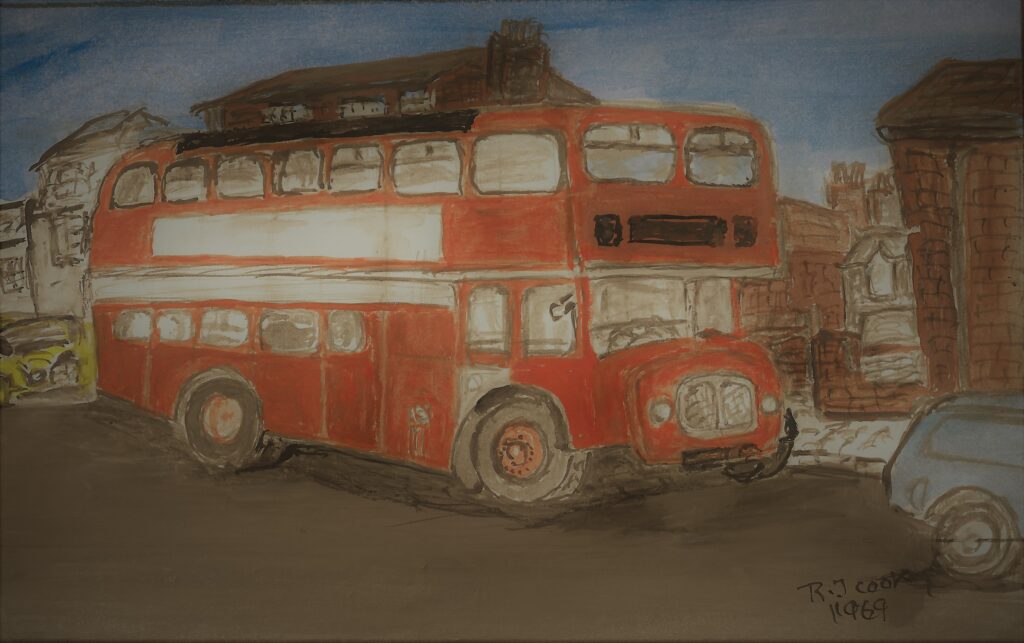
AEC were the original London bus builders, ultimately ruined when Leyland got a foot in the door helping to build RTs to make up for wartime losses. Their version was called the RTL, easily distinguised by the radiator which did not have the split trim and triangualar red and blue AEC badge.
This picture is meant to represent AEC Bridgemaster 6116BH, number 3 in the Aylesbury ‘Red Rover ‘ fleet, parked up opposite the company offices in Aylesbury’s Buckingham Road before the demolition man changed the landscape.
The Bridgemaster was not a popular design, with very bouncy air suspension among other faults. It was intended to compete with the National Bus Company’s Bristol Lodekka in areas where there were low bridges, hence the type’s name .
R.J Cook
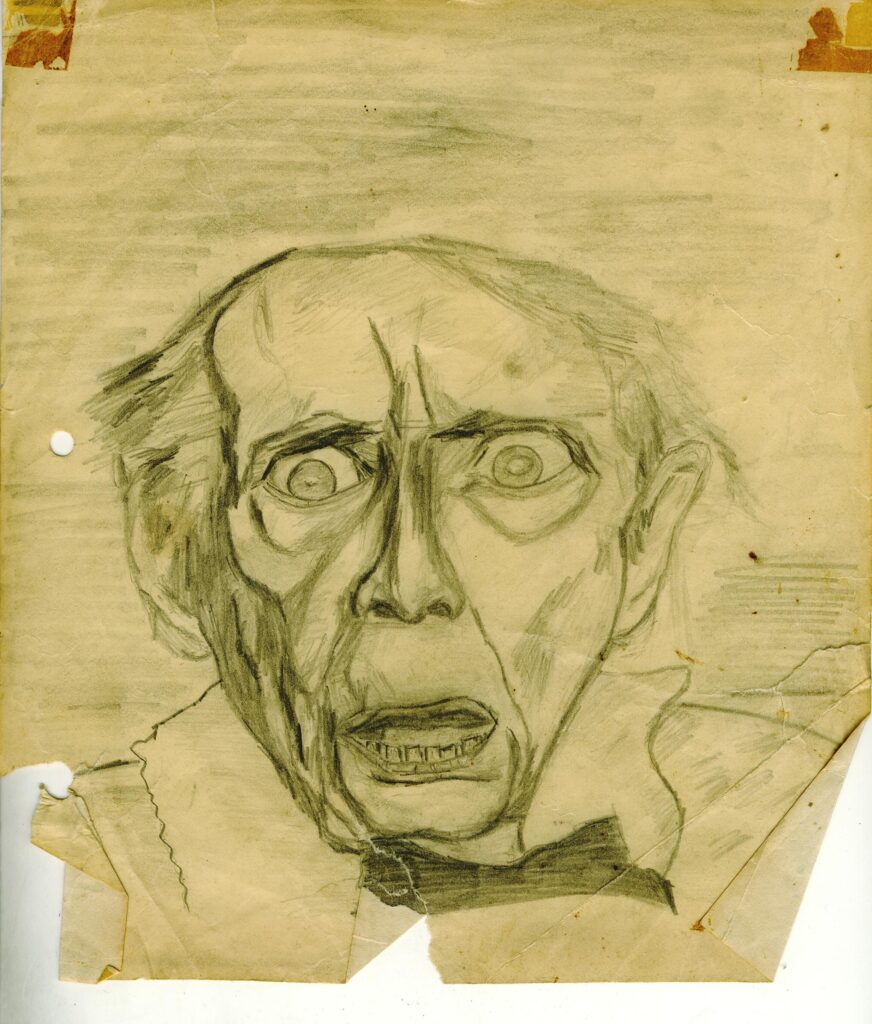
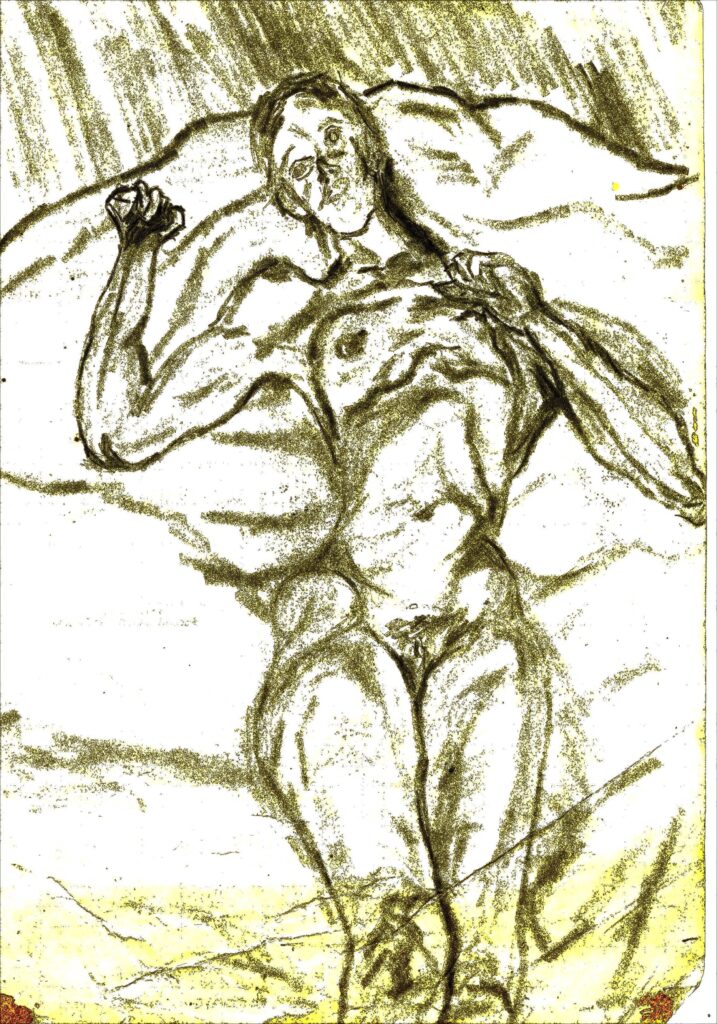
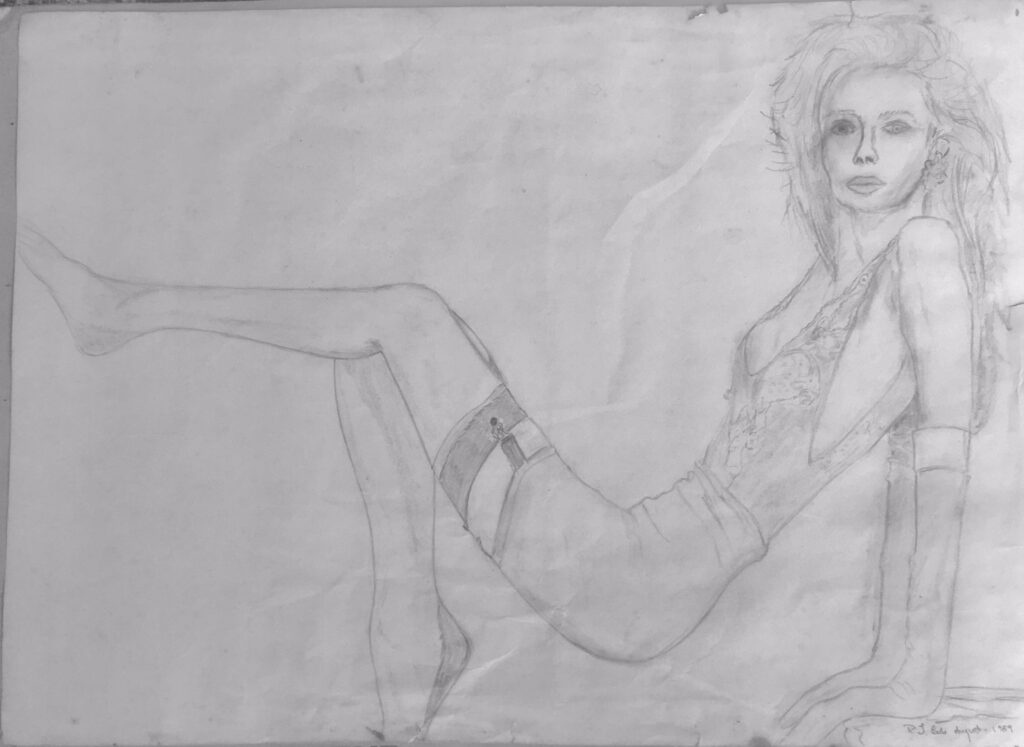
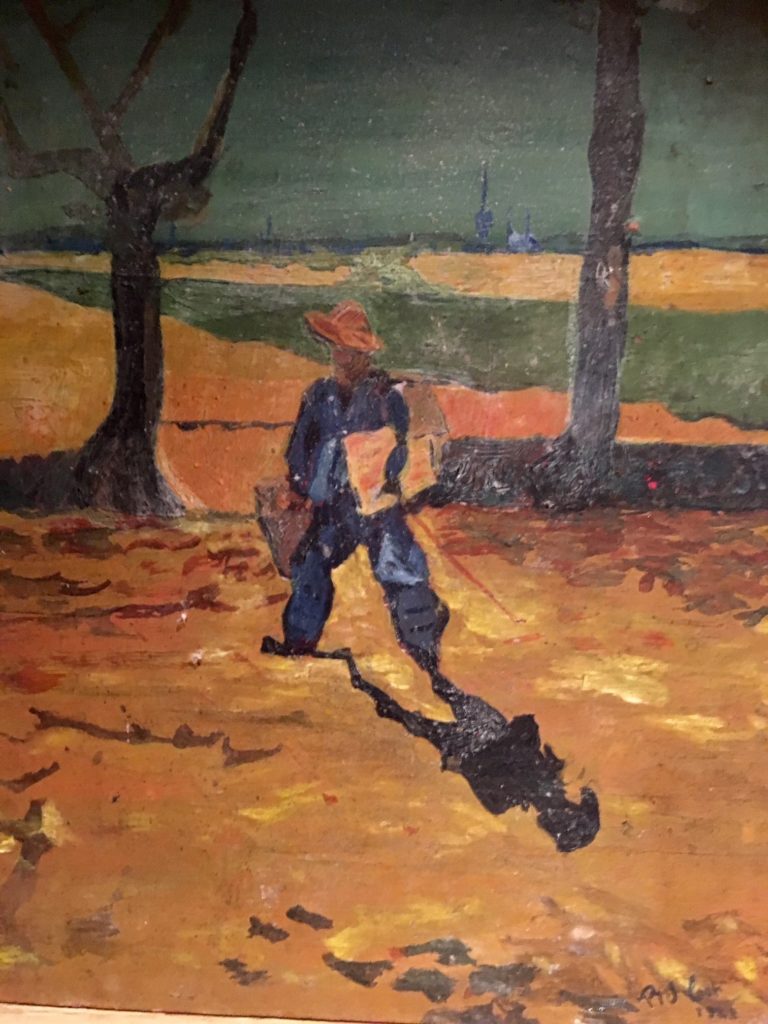
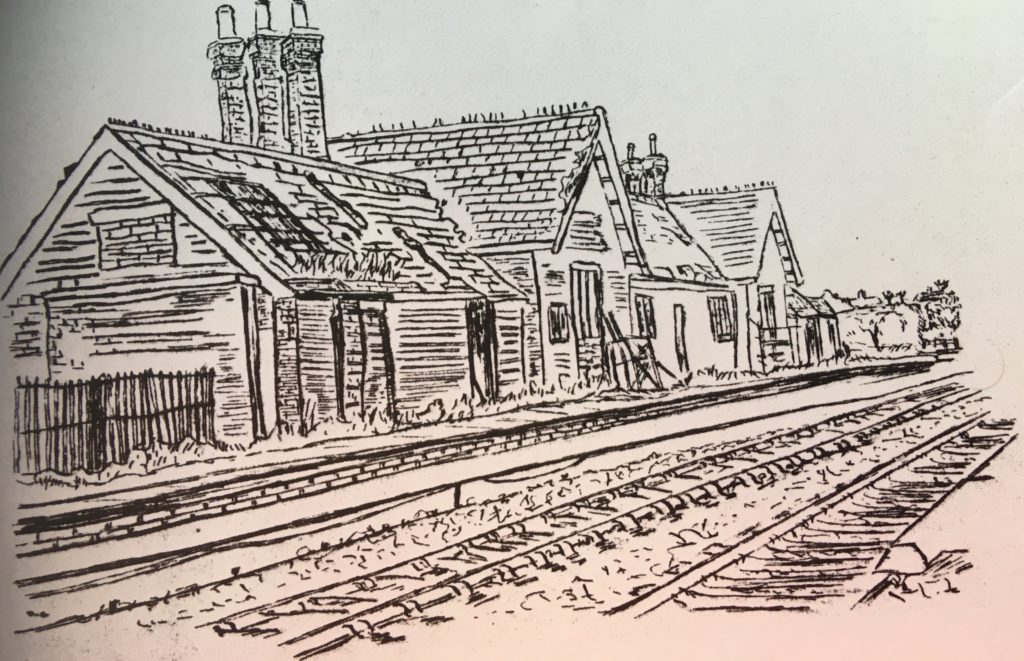
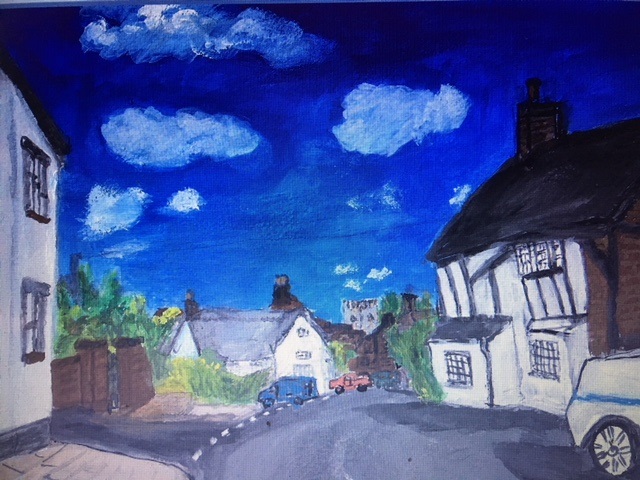
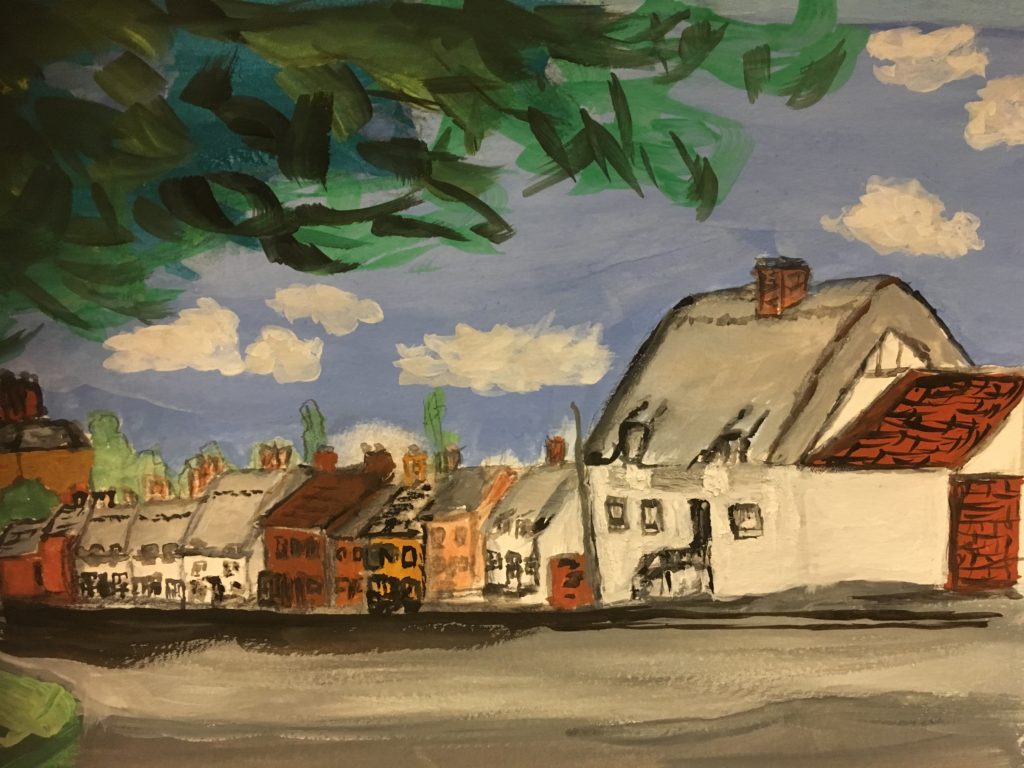
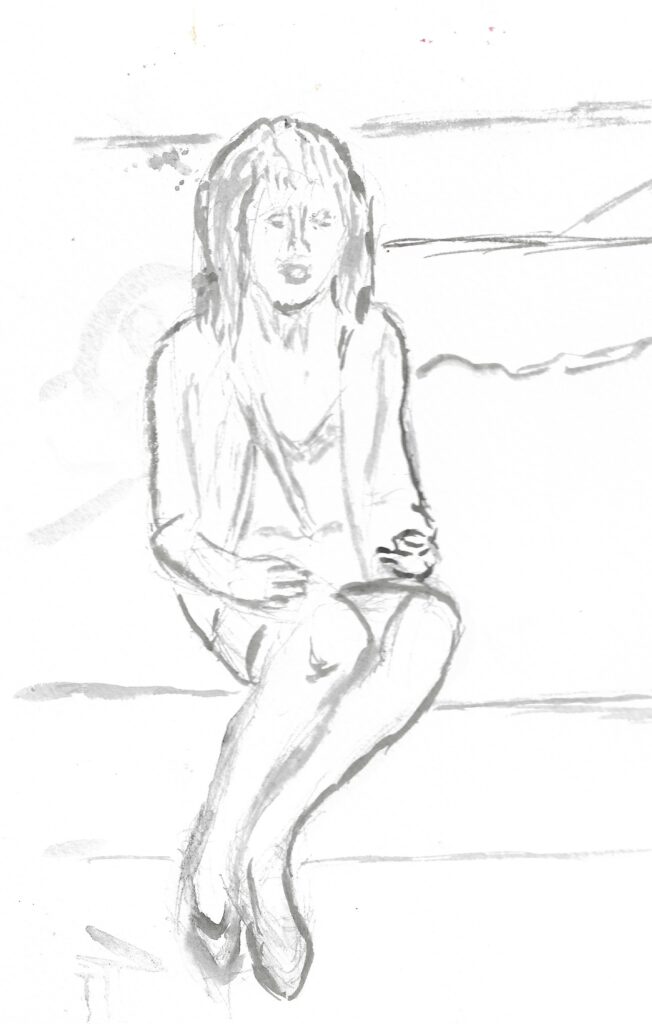
‘A water colour monochrome by R.J Cook
April 21st 2023
Not My Art – Beyond My Comprehension.
/https://tf-cmsv2-smithsonianmag-media.s3.amazonaws.com/filer_public/3c/77/3c77ef18-3bb2-4a15-b6b4-65bd32164677/robinhood_highres.jpg)
A microscopic Robin Hood Paul Ward Photography
/https://tf-cmsv2-smithsonianmag-media.s3.amazonaws.com/accounts/headshot/Julia_Binswanger.png)
Correspondent
Artist Willard Wigan is famous for his recreations of famous paintings like the Mona Lisa and The Last Supper, as well his depictions of famous figures like William Shakespeare and Robin Hood.
But in order to view them, you’ll need a microscope.
Wigan’s new show, “Miniature Masterpieces,” is currently on display at Wollaton Hall in Nottingham, England. The free exhibition features 20 tiny sculptures, each of which sits in the eye of a needle.
/https://tf-cmsv2-smithsonianmag-media.s3.amazonaws.com/filer_public/a5/89/a58938fc-a396-4c82-ac94-e88f2e0fd5ec/little_einstein.jpg)
/https://tf-cmsv2-smithsonianmag-media.s3.amazonaws.com/filer_public/25/76/2576d5b0-3ee2-4861-8e75-04d1a74adcdf/pinocchio_300dpi.jpg)
“This is more complicated than any microsurgery,” Wigan tells Wired in a video interview. “I don’t care what anybody says. You have to have a more stable hand than any surgeon to do this work.”
Perhaps this sounds like an exaggeration, but careless mistakes can put an end to weeks of progress. Once, after finishing a sculpture depicting a scene from Alice in Wonderland, Wigan’s phone rang.
“I went, ‘Who’s that?’ And as I breathed in, I inhaled Alice,” he tells Wired. “Gone. Somewhere in my cavities.”
/https://tf-cmsv2-smithsonianmag-media.s3.amazonaws.com/filer_public/ae/b4/aeb4c662-e7fc-4582-9381-c804c09b7b8c/last_supper.jpg)
Before beginning work, Wigan does breathing exercises. He uses a microscope to better see the material he’s handling, and he only works between heartbeats; the pulse in his fingers is big enough to cause problems. He uses his own unique tools, sometimes MacGyvering hypodermic needles or diamond shards so he can work on sculptures at such a small scale.
“I don’t actually enjoy making them. I just enjoy when I finish them because they stress me out,” Wigan tells CNN’s Amarachi Orie. “But once they’re made, the glory is when other people see it. When you see people with disbelief on their face, not being able to kind of explain what they’re seeing, that gives me so much pleasure.”
Wigan holds the record for the smallest hand-made sculpture ever created: a human embryo made from a fiber off of Wigan’s carpet, according to Guinness World Records. It fit inside a hollowed out strand of the artists’ hair. He’s also personally gifted a tiny British crown to the late Elizabeth II.
/https://tf-cmsv2-smithsonianmag-media.s3.amazonaws.com/filer_public/eb/65/eb65022b-7063-4bf2-a84c-5d18ad1ce569/t_rex_eye_of_needle_2022.jpg)
/https://tf-cmsv2-smithsonianmag-media.s3.amazonaws.com/filer_public/25/f6/25f69f53-e412-4465-b0a4-37afecdfaa70/14_shakespeare_in_the_eye_of_a_needle.jpg)
Four of the sculptures in “Miniature Masterpieces” are new works that are part of Wigan’s Disappearing World collection, which is meant to highlight the threats facing biodiversity and encourage environmentalism. One piece depicts a tiny Tyrannosaurus rex—a complement to the real fossilized T. rex the museum displayed a few years ago.
As a child, Wigan struggled with reading and writing, which he later realized was related to his undiagnosed autism and dyslexia. Making miniscule sculptures became a refuge. When Wigan’s mother saw his works, she encouraged him to make them tinier and tinier. Per the artist’s blog, before her death in 1995 she told him, “The smaller you make things, the bigger your name will become.”
/https://tf-cmsv2-smithsonianmag-media.s3.amazonaws.com/filer_public/ca/19/ca19a1c2-0180-453f-9219-c6f23d906f4b/girl_with_a_pearl_earring.jpg)
Wigan’s art celebrates the ability to see the world from new perspectives. Via an outreach program, he will be showing off Disappearing World at local Nottingham schools to spread the ideas behind his art.
“These micro-sized sculptures convey a much bigger message,” Wigan writes on his website, Small Things Matter. “An artful reminder our world is disappearing, and we need to make changes.”
“Miniature Masterpieces” will be on view at Wollaton Hall in Nottingham, England, through October.
/https://tf-cmsv2-smithsonianmag-media.s3.amazonaws.com/accounts/headshot/Julia_Binswanger.png)
Julia Binswanger | READ MORE
Julia Binswanger is a freelance arts and culture reporter based in Chicago. Her work has been featured in WBEZ, Chicago magazine, Rebellious magazine and PC magazine.
